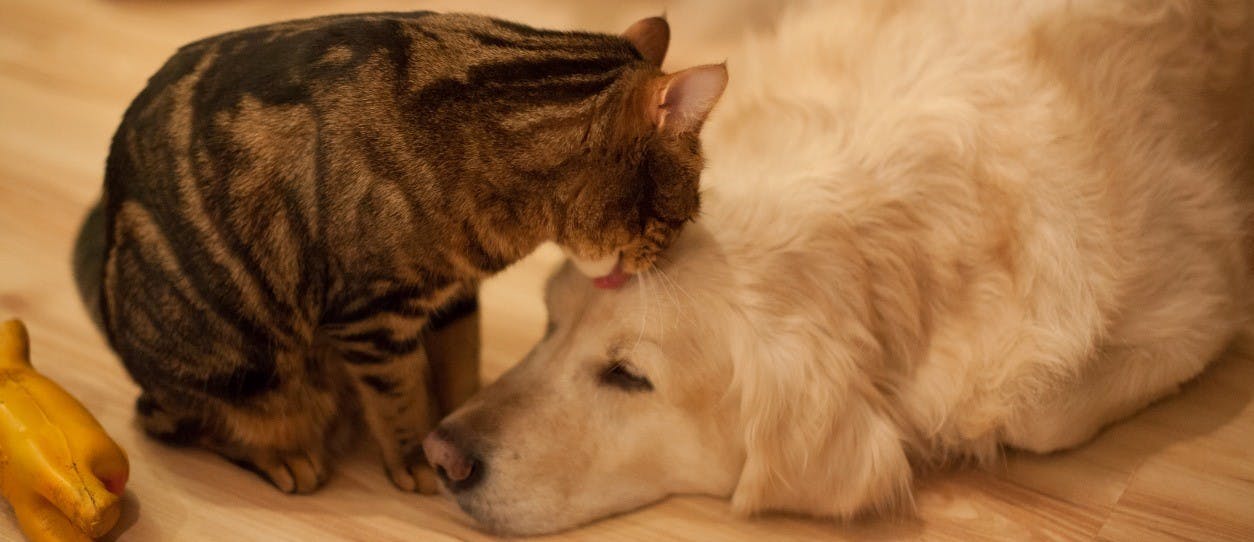
- PAW by Blackmores/
- A Guide To Perfect Your Pet's Health/
- Learn About Liver Health For Your Pet/
- Managing The Liver Health of Cats and Dogs


Like all mammals, the liver of cats and dogs sits near the gastrointestinal tract and acts as the filter between the gut and the wider cardiovascular system and body. As the nutrients (carbohydrates, fats, proteins) in the gut are digested, they are absorbed into the blood stream supplying the gastrointestinal tract. The vast majority of this blood then passes to the liver, where the absorbed nutrients are further metabolised.
As well as metabolising nutrients, the other major function of the liver is detoxification of potentially harmful substances. The liver performs a number of other functions, including the creation of digestive enzymes, hormone production, and the breakdown and removal of drugs.
Liver problems in cats and dogs
The central role of the liver and frequent exposure to the nasties so often eaten by our canine and feline friends means it is frequently the site of disease and damage. A few of the more commonly seen liver problems include:
- Hepatic lipidosis (seen mostly in cats) The accumulation of fat in the liver secondary to anorexia and certain diseases including diabetes. It can result in impaired function and liver failure.
- Hepatitis Simply meaning inflammation of the liver, it can be caused by infectious agents (viruses, bacteria etc.), congenital conditions, autoimmune disease, toxic insults and certain medications.
- Cholangiohepatitis Is the inflammation of the bile ducts taking bile from the liver to the gall bladder, infectious agents as well as obstruction of the gall bladder or bile ducts can also cause it.
- Medications and toxic insult Many toxins found in the environment and household can damage the liver andcertain drugs such as paracetamol are toxic to cats and dogs. Other drugs such as corticosteroids, which are commonly used without problems, can result in damage to the liver in some instances.
Protecting your pets’ liver
Common to the majority of conditions that affect the liver of dogs and cats, is the oxidative damage done to the liver cells (hepatocytes). Liver cells are able to naturally protect themselves from this damage by the production of S-adenosylmethionine (SAMe), the pre cursor to the potent antioxidant Glutathione. Glutathione’s antioxidative properties protect liver cells from damage and death.
PAW Hepatoadvanced contains S-adenosylmethionine (SAMe) to help as an adjunctive treatment for liver disease and dysfunction by:
Improving the hepatic levels of Glutathione
Protecting liver cells from cell death
Aiding in the liver detoxification mechanisms and dogs and cats
Protecting against the negative effects of some medications.





